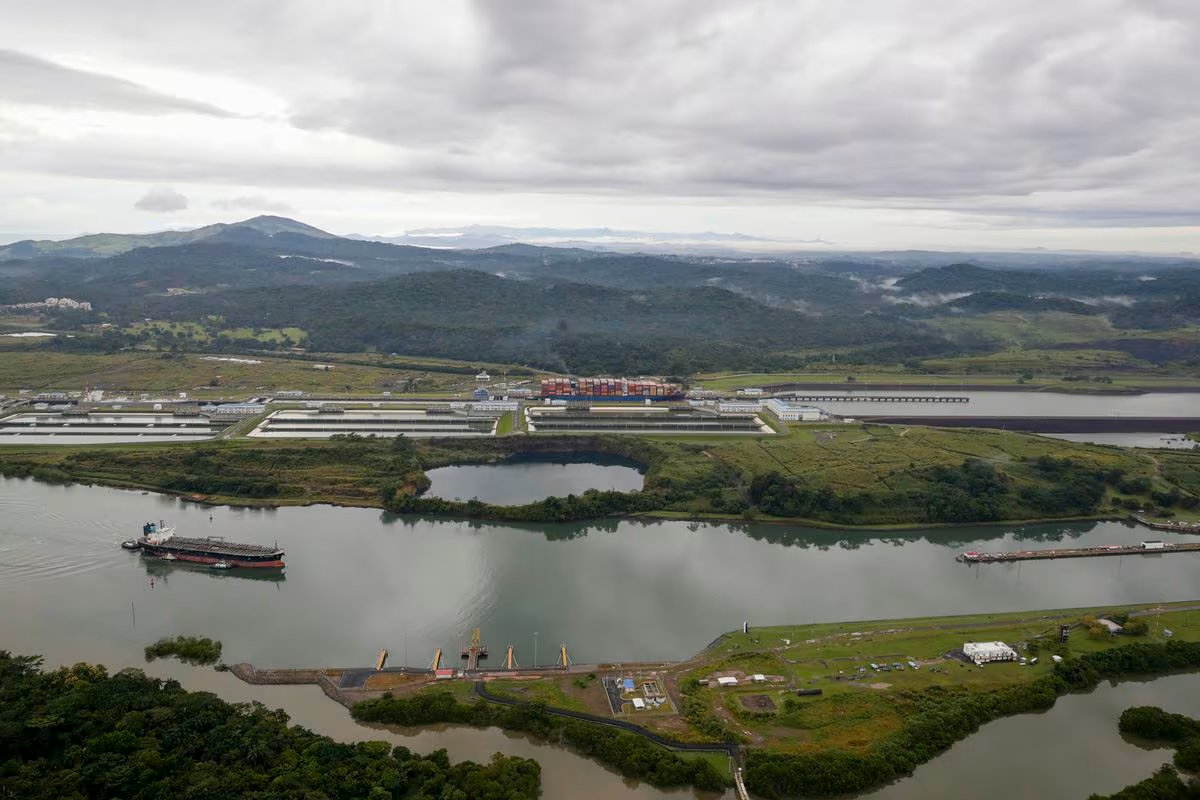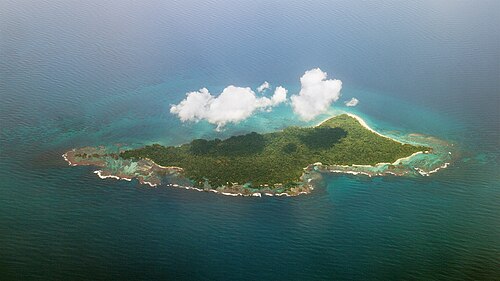Part 3 of “The Panama Canal is Doing Much Better”

Part 3 of “The Panama Canal is Doing Much Better” Why didn’t the Panama Canal lose money when ship crossings fell? A water shortage forced officials to reduce traffic, but higher fees increased revenue. The administrator of the Panama Canal Authority, Ricaurte Vásquez, indicated that this week the number of transits per day was increased to 27 and that he hopes to continue monitoring the state of the lakes to make other decisions. The Canal has increased its transits, but he insists that the reservoir on the Indio River will be the most efficient solution. After a difficult year for the Panama Canal that forced it to restrict the passage of vessels, it is expected that normality will be restored before February 2025. Cited by international agencies, Vásquez pointed out that in the medium term “all the indications we have received point to a mild La Niña, possibly beginning in the month of March and April, and a greater probability that the intensity of La Niña will increase for the months July and August ,” said Vásquez. In Panama, La Niña is characterized by a rainy season with more rainfall than expected, which if well used would help the Canal. However, Vásquez does not believe that the maritime industry “can adjust so quickly” to the new reality. The level of the lakes that feed the Panama Canal has improved and Alajuela has gone from 62 meters in May 2023, the worst record of the year, to 72 meters.
The canal authority expects to pay the government $2.47 billion this year, down modestly from the record $2.54 billion that it paid last year. Todd Martinez, a co-head for the Americas at Fitch Ratings who analyzes Panama’s government finances told Newsroom Panama “The good news is that the drought doesn’t have a terrible near-term impact on Panama’s public finances, because the canal has a lot of pricing power. Canal tolls and dividends were 24 percent of government revenue in 2023, Mr. Martinez said. “But the bigger problem is the government can no longer keep relying on the canal to solve all of its other fiscal problems.” Faced with the prospect of permanently lower rainfall, the canal authority plans to create a big new reservoir that would supply enough extra water to handle an additional 12 to 15 passages a day. Lawmakers still need to approve the project, which the authority estimates will take four to six years to complete. Panama has elections in May, but Ms. Marotta, the deputy administrator, said last week that all the presidential candidates had told the authority that they supported the reservoir. “There’s a great understanding in Panama that life without the canal would be very difficult to deal with,” said Sebastian Briozzo, an analyst for S&P Global Ratings. Part 4 of “The Panama Canal is Doing Much Better” tomorrow as the news is updated.





